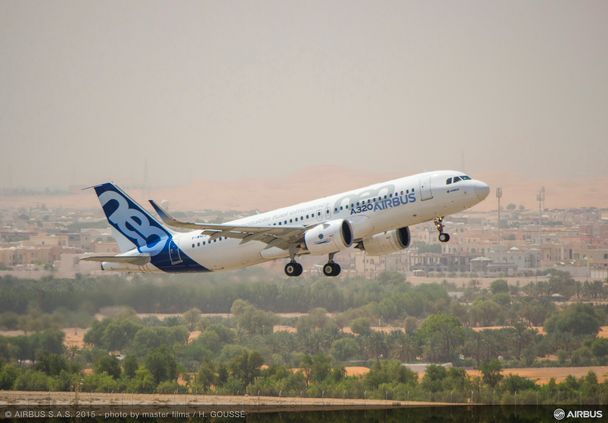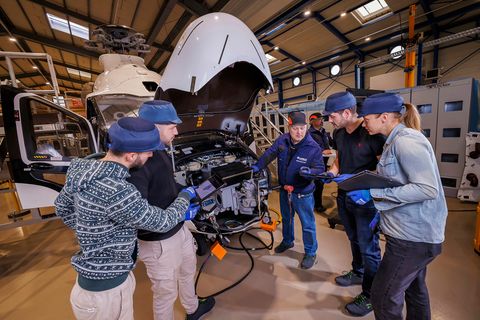Soft Go-Around: Enhancing Flight Safety

On 12 May 2010, an aircraft crashed while attempting to land at Tripoli Airport in Libya. The plane was operating in foggy conditions and according to the final accident report from the Libyan Civil Aviation Authority (LCAA), while executing a go-around procedure due to poor visibility and a terrain avoidance alert, the flight team suffered from spatial disorientation.
This disorientation, combined with insufficient monitoring of flight parameters and inadequate crew reaction, led to a controlled flight into terrain (CFIT).
Spatial disorientation occurs when pilots are unable to correctly interpret the aircraft's attitude, altitude, or airspeed, often intensified by the lack of visual references. This incident underscored the importance of effective Crew Resource Management (CRM), adherence to operational procedures, and timely response to alerts.
How Soft Go-Around Enhances Safety
To prevent similar accidents, Airbus has developed the "soft go-around" (SGA) feature. This advanced functionality is designed to mitigate the risks associated with traditional go-around manoeuvres, particularly in challenging conditions.
The soft go-around system can be activated during a go-around to reduce the thrust while ensuring a climb trajectory. This reduces a potentially high acceleration that can lead to sensory illusions, where pilots might mistakenly feel the aircraft is climbing too steeply. By providing optimised thrust, the SGA function reduces longitudinal acceleration, thereby minimising the risk of disorientation.
When the flight crew initiates a go-around by selecting Take-off/Go Around (TO/GA) and reduces thrust, the SGA system:
- optimises the thrust: ensuring a smooth acceleration and reducing the risk of spatial disorientation
- provides optimal flight path: automating the flight path or providing guidance to avoid too steep attitudes
- enhances situational awareness: offering clear visual cues to assist pilots
By using less thrust, the SGA function reduces the chances of sensory illusions that can lead to dangerous corrections. This system is especially crucial in conditions where maximum thrust is not necessary. It provides a safer, more manageable alternative to traditional go-arounds.
A Safer Future for Aviation
The introduction of the soft go-around feature, standard in production on A330, A350, A380 and A320, marks a significant advancement in flight safety. This innovation not only enhances the safety of go-around manoeuvres but also reduces the likelihood of pilot error. It ensures a consistent, optimal response during critical phases of flight, contributing to safer skies.
The soft go-around functionality, coupled with effective CRM and strict adherence to operational procedures, is a crucial step forward, ensuring that pilots have the tools they need to navigate challenging situations safely and effectively. As aviation technology evolves, such innovations will continue to play a vital role in preventing accidents and enhancing overall safety.
Soft Go-Around
Soft Go-Around (SGA) function
The SGA function provides an optimised thrust for go-arounds, reducing the high acceleration and pitch-up tendency that result from full go-around thrust.



